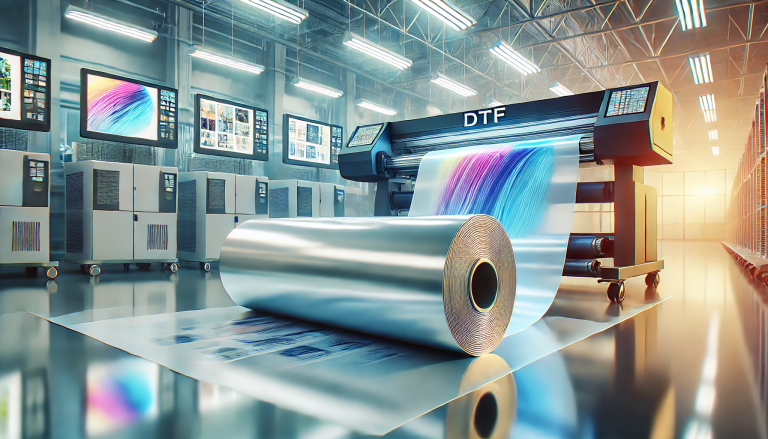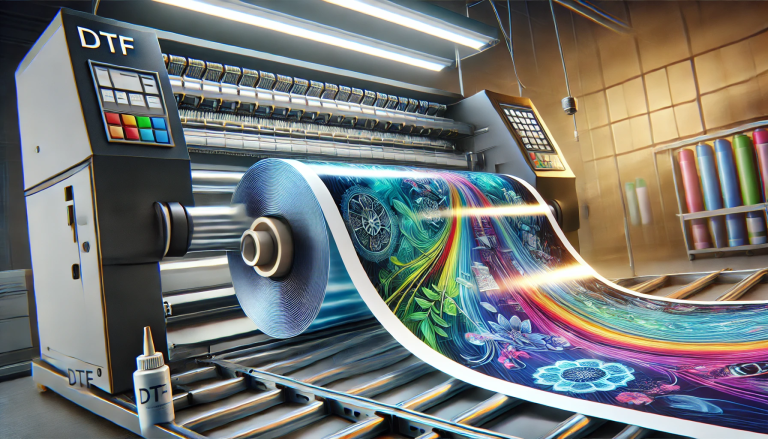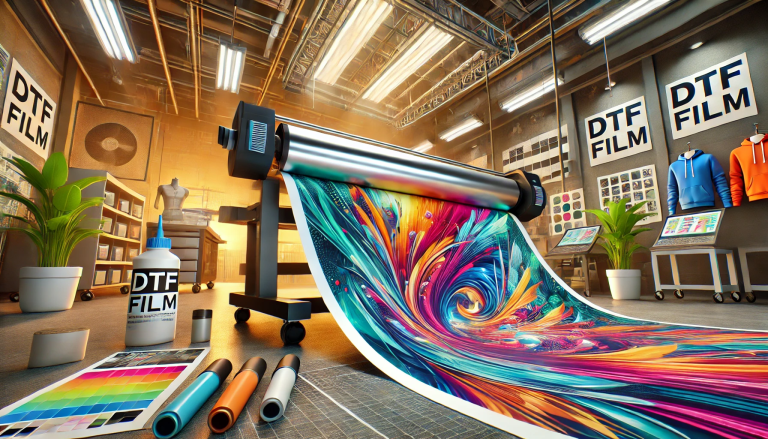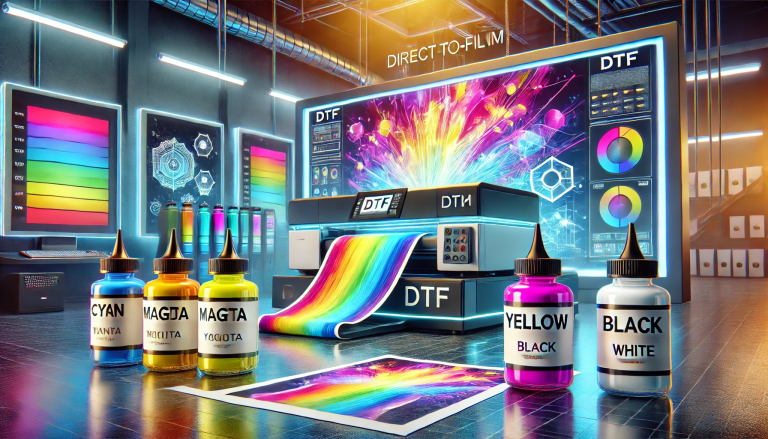“Peel Away the Stress with DTF Cold Peel!” -MAXDTF- PET Film DTF A4 Supplier, DTF Film cold peel Factory, Made in china
Introduction
DTF cold peel is a type of label printing technology that is used to create labels for a variety of products. It is a process that involves printing a design onto a special type of paper and then transferring the design onto a substrate, such as a plastic or metal surface. The process is often used to create labels for food and beverage products, as well as other products that require a durable label. DTF cold peel labels are known for their durability and resistance to water, oil, and other environmental factors. This makes them ideal for products that need to be stored in harsh conditions.
Understanding the Basics of DTF Cold Peel Technology
DTF cold peel technology is a method of printing that uses a special type of ink and transfer paper to create high-quality prints. This technology is used in a variety of industries, including apparel, signage, and promotional products. It is a cost-effective and efficient way to produce prints with a wide range of colors and textures.
The process begins with a special type of ink that is applied to the transfer paper. This ink is designed to be transferred to the substrate, such as fabric or plastic, without the need for heat. The transfer paper is then placed on the substrate and pressure is applied. This pressure causes the ink to transfer from the paper to the substrate.
Once the ink has been transferred, the transfer paper is peeled away from the substrate. This is known as the “cold peel” process. The result is a high-quality print that is durable and long-lasting.
The advantages of DTF cold peel technology include its cost-effectiveness, its ability to produce prints with a wide range of colors and textures, and its ability to produce prints quickly and efficiently. Additionally, this technology is environmentally friendly, as it does not require the use of heat or other energy sources.
DTF cold peel technology is an ideal choice for businesses that need to produce high-quality prints quickly and cost-effectively. It is a reliable and efficient way to produce prints with a wide range of colors and textures.
How to Use DTF Cold Peel for Maximum Efficiency
Using DTF Cold Peel for maximum efficiency requires following a few simple steps.
First, prepare the surface to be printed. Make sure the surface is clean and free of any dirt, dust, or debris. If the surface is not clean, the adhesive will not adhere properly.
Next, apply the DTF Cold Peel to the surface. Make sure to apply the adhesive evenly and in a thin layer. If the adhesive is too thick, it will not adhere properly.
Once the adhesive is applied, place the material to be printed onto the surface. Make sure to press firmly and evenly to ensure the material adheres properly.
Finally, allow the adhesive to dry. Depending on the type of material being printed, the drying time may vary. Once the adhesive is dry, carefully peel the material away from the surface.
By following these steps, you can ensure that you are using DTF Cold Peel for maximum efficiency.
Exploring the Benefits of DTF Cold Peel Technology
DTF cold peel technology is a revolutionary new way to transfer images onto a variety of surfaces. This technology is quickly becoming the preferred method for transferring images onto apparel, mugs, and other items. It offers several advantages over traditional methods of image transfer, making it an ideal choice for businesses and individuals alike.
One of the primary benefits of DTF cold peel technology is its ease of use. Unlike traditional methods of image transfer, which require the use of a heat press, DTF cold peel technology does not require any additional equipment. All that is needed is a standard inkjet printer and a special transfer paper. This makes it easy to transfer images onto a variety of surfaces, including fabric, metal, wood, and more.
Another advantage of DTF cold peel technology is its durability. The images transferred using this method are highly resistant to fading, cracking, and peeling. This makes them ideal for use on items that will be exposed to the elements, such as outdoor signs or apparel. The images will remain vibrant and clear for years to come.
In addition to its durability, DTF cold peel technology also offers a high level of detail. The images transferred using this method are incredibly sharp and clear, making them perfect for use on items that require a high level of detail, such as mugs or t-shirts.
Finally, DTF cold peel technology is also cost-effective. The transfer paper used in this method is relatively inexpensive, making it an affordable option for businesses and individuals alike. Additionally, the lack of additional equipment needed makes it a great choice for those on a budget.
Overall, DTF cold peel technology is an excellent choice for transferring images onto a variety of surfaces. Its ease of use, durability, detail, and cost-effectiveness make it an ideal choice for businesses and individuals alike.
Conclusion
In conclusion, DTF cold peel is a type of label printing process that uses a cold adhesive to attach the label to the product. This process is often used for labels that require a high level of durability and resistance to extreme temperatures. It is also a cost-effective way to produce labels with a professional look and feel.






